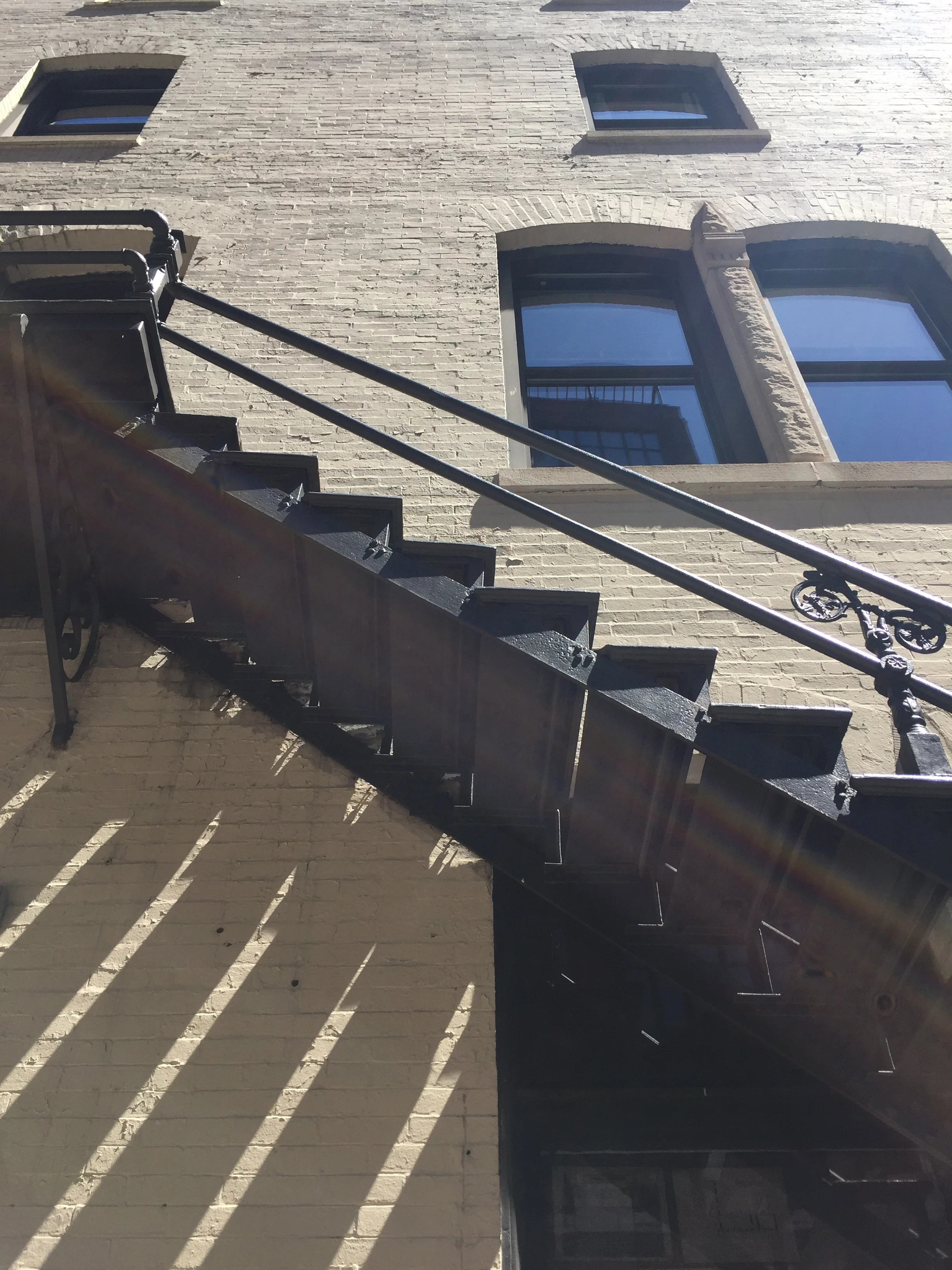The First Musica, Rome | Sleeper
Published by Sleeper, January 2023
Whizzing through the cobbled streets of Rome on an e-scooter (firmly in the camp that these should be permanent fixtures everywhere), each bump and knee-grinding bounce reminds you of the history seeping up through the ancient city’s foundations. Aching with the weight of past stories but not stuck in former times, new pages are written anew everyday in this metropolis.
Indeed, The Pavilions Rome, The First Musica began a fresh chapter on the west bank of the Tiber this summer, injecting a flash of five-star pizzazz to the already elegant Prati neighbourhood, and joining sister venues The First Arte and The First Dolce, collectively known as The First Roma for the ride.
As Rome so pertinently reminds us, heritage serves as an excellent tool when preparing for the future, and so it is in the case of The First Musica, which is housed in a mid-century building originally designed by architect Mario Docci. “To be able to design in a city like Rome, you need to know its history,” explains Antonio Marincola, founder of Marincola Studios, which was behind the renovation. “And for me, it is impossible not to consider it — the colours, the materials, and the architectural features, they are all inspired by the city.”
The most striking of these is perhaps the bronze-gilded concrete and mesh façade of the building, which was influenced by Richard Meier’s iconic Museo dell’Ara Pacis, situated just across the water. But it’s the collective impact of a slew of structural changes that has transformed the former office building into the opulent address it is now. “The entire concrete structure was strengthened; the roof of the building was completely opened up; and every one of the 24 rooms and suites now showcases floor to ceiling windows,” Marincola confirms.
All of these features draw guests’ attention to the Tiber, the river that was once the lifeblood of the city. The oversized windows frame its serpentine path as it cuts through the core of different quartieri, while up at Alto, the hotel’s rooftop bar serving cocktails and Italian cuisine, sweeping views reveal its impressive scale. From here, important monuments like the Trinità dei Monti, Mausoleum of Augustus, and the Altare della Patria al Quirinale are also visible; constants in an ever-evolving landscape.
Tributes to the city’s beauty continue inside as well, where luxe fabrics come courtesy of Loro Piana; wooden boiserie is made by ALPI; and rare Calacatta marble all combine to conjure a calm, cosmopolitan ambience away from the alfresco buzz. “The external and internal materials must be in harmony,” Marincola states. “Therefore, the cladding of the structure was also repeated inside and many accessories in the bedrooms and bathrooms were made of brass.” The results are contemporary but unfussy rooms, in which high quality furnishings speak the loudest and comfort is key.
As the first light of day warms the city’s many spires, breakfast is served overlooking their apex at plush, fifth-floor restaurant, Oliva. It’s a feast fit for a Roman, naturally, spanning so many courses that eventually you lose count. But it’s the service here that’s most memorable. Looked after by a team who seem genuinely interested in their guests and keen to give recommendations and tips, they provide a local wisdom that paves the way for a no-holds-barred exploration of Rome’s well-pounded pavements. For those who like to really get beneath the skin of a place, it’s invaluable insight.
That same innate curiosity and long-held knowledge brush up against each other within the walls of The First Musica. “Rome has taught me everything I know about architecture,” Marincona explains. “And with over 2000 years of history and overlapping architectural styles, the colours and materials of this city are unique. That’s why I always try and include them in my projects.”
Lying on the bed, gazing out over the city as parakeets swoop from trees like tiny darts piercing a silhouetted skyline that’s been etched for thousands of years, the juxtaposition of then and now is tangible. Rome’s past may be set in stone but hotels like The First Musica ensure that the contours of what comes next are still to be coloured.





